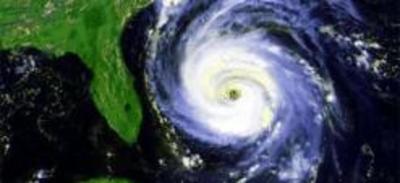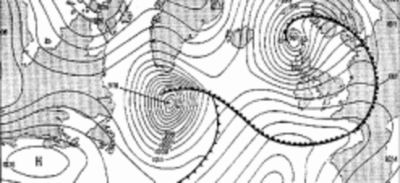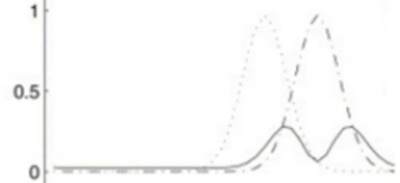Atmosphere
The atmosphere is a key part of the climate system, and atmospheric processes directly affect us through weather and air pollution. Atmospheric research in PAOC is directed at a wide set of basic questions involving numerous disciplines. Areas studied include: the chemistry of the atmosphere and its interplay with the radiation balance of the Earth; the role of the atmosphere in climate change; prediction, data assimilation, and synoptic meteorology; tropical and extratropical cyclones; interactions between the stratosphere and the troposphere.
PAOC researchers have contributed significantly to our understanding of the impact of CFCs and HFCs on the ozone layer and on the Earth radiative balance. Ongoing research includes globally tracking and modeling important chemical species other than ...
PAOC houses an active program of research in tropical meteorology. Among many phenomena studied are tropical cyclones, monsoon events, cumulus convection, interaction between moist convection and larger scale circulations and distribution of stratifo...
Hundreds of “exoplanets” are known to orbit nearby sun-like stars. Exoplanets are particularly interesting because they are found to have a wide range of masses, semi-major axes, and other orbital parameters, meaning that their characteristics are ve...
PAOC researchers continue a long history at MIT of fundamental investigation into atmospheric dynamics and the general circulation of the atmosphere. Building on the fundamentals of rotating and stratified fluid dynamics, the modern focus is on resea...
PAOC has a vibrant synoptic meteorology program. Through analysis of hourly weather data and numerical weather prediction models, students become familiar with basic principles of synoptic meteorology and weather forecasting.
The non-linear amplification of small errors in the specification of initial conditions, the existence of model inadequacies, and the availability of sparse, noisy measurements place limits on our ability to accurately forecast the atmosphere. Meanin...




